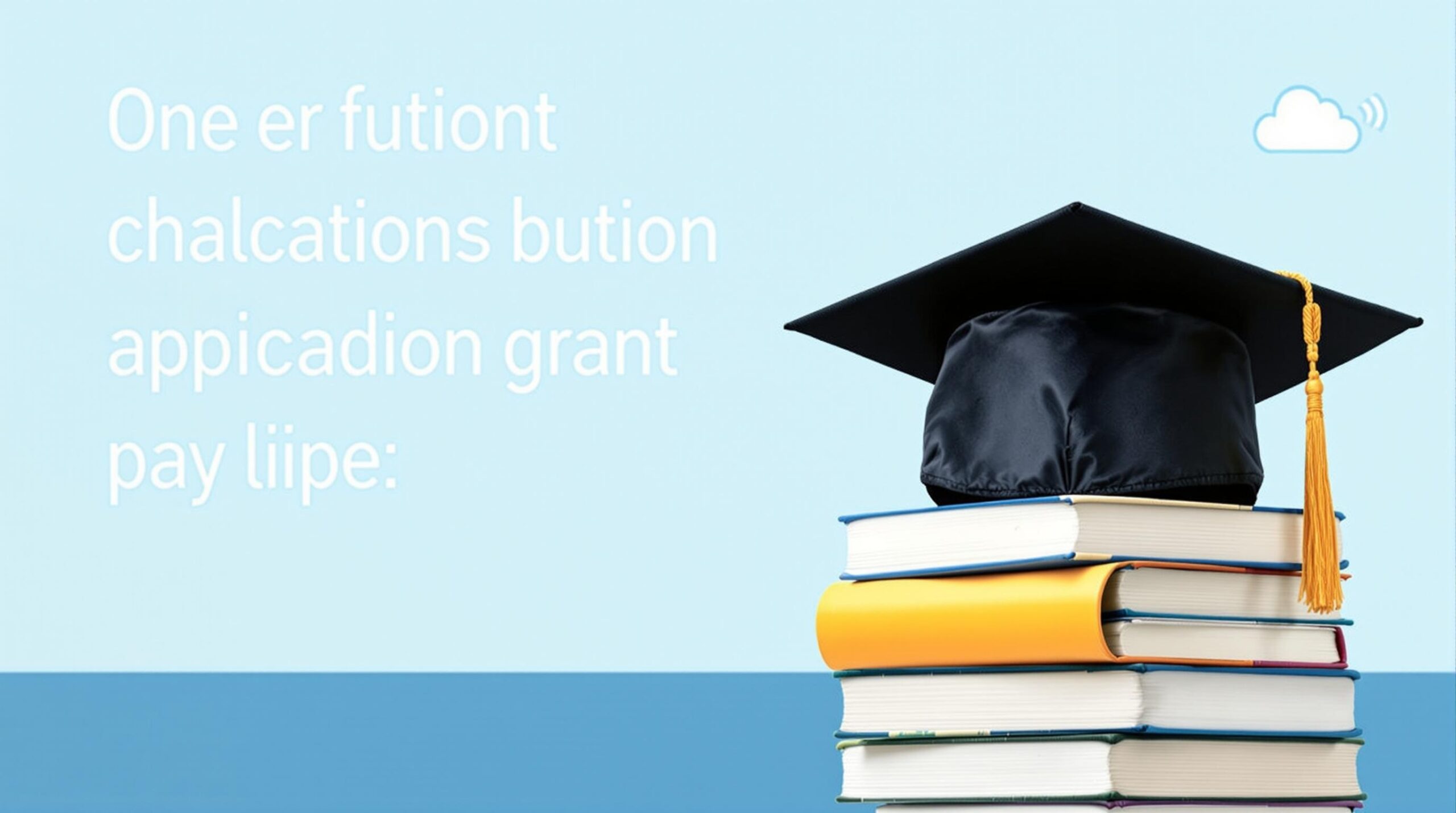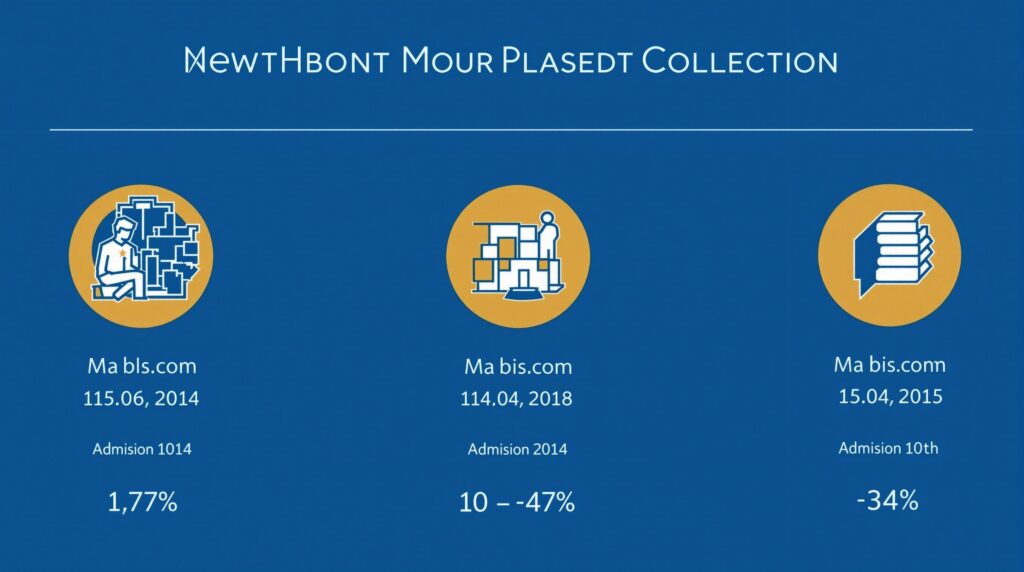Securing government grants for education initiatives has become increasingly competitive, with success rates dropping below 20% for many federal programs in recent years. What are the challenges of obtaining government grants? From extensive paperwork requirements to strict eligibility criteria, educators and institutions face numerous hurdles when seeking funding for their educational programs.
Key Takeaways
- The application process is lengthy and complex, often requiring 80+ hours of preparation
- Competition has intensified with success rates falling below 20% for many federal education grants
- Meeting compliance requirements is challenging and demands specialized knowledge
- First-time applicants face significant disadvantages without grant writing experience
- Successful applications require strategic alignment with funding priorities and educational outcomes
Understanding the Government Grant Landscape for Education
Government grants represent a vital funding source for educational institutions, providing billions of dollars annually for programs ranging from early childhood education to advanced research initiatives. However, the path to securing these funds is fraught with complex challenges and obstacles. Federal agencies like the Department of Education, National Science Foundation, and National Institutes of Health distribute the majority of education-focused grants, each with their own distinct requirements and priorities.
The competition for these funds has intensified dramatically in recent years. According to recent statistics, some federal education grant programs now have success rates below 15%, meaning more than 85% of applicants leave empty-handed despite investing significant resources in their applications. This competitive landscape requires applicants to develop sophisticated strategies and thoroughly understand the funding ecosystem before diving into the application process.

The Application Process: Time-Intensive and Complex
One of the most significant barriers to obtaining government grants is the sheer complexity of the application process. Preparing a competitive grant application typically requires 80-120 hours of work, including research, writing, gathering supporting documents, and securing institutional approvals. For educational institutions with limited administrative resources, this time commitment can be prohibitive.
The technical aspects of submission also present challenges. Many federal grants now require submission through specialized online portals with strict formatting requirements. A single technical error can disqualify an otherwise strong application. These systems include Grants.gov, the Department of Education’s G5 system, and NSF’s FastLane, each with their own unique registration processes and submission protocols.
The application timeline also creates pressure points for applicants. From the announcement of funding opportunities to submission deadlines, applicants often have only 45-60 days to prepare complex proposals that may run 50+ pages. This compressed timeline makes it difficult to gather the necessary data, secure partnerships, and develop compelling narratives.
Eligibility and Compliance Hurdles
Government grants come with stringent eligibility requirements that can exclude many potential applicants. These requirements often include:
- Institutional accreditation status
- Previous track record with federal funding
- Financial stability metrics
- Matching fund requirements (often 20-50% of the total project cost)
- Specific geographic or demographic service requirements
Beyond eligibility, compliance with federal regulations presents another major hurdle. Successful applicants must navigate complex regulatory frameworks including OMB Uniform Guidance, FERPA, and grant-specific requirements. Non-compliance can result in funds being rescinded or institutions being barred from future funding opportunities.
The documentation requirements alone can be overwhelming. A typical federal education grant application requires extensive supporting materials including detailed budgets, logic models, evaluation plans, resumes of key personnel, and letters of commitment from partners. Each of these elements must perfectly align with the funding priorities outlined in the grant announcement.
The Disadvantage for First-Time Applicants
First-time grant seekers face particularly steep challenges when applying for government funding. Without previous experience, these applicants often struggle to understand the unwritten expectations and norms that influence funding decisions. Many federal grant programs show a clear preference for organizations with established track records, creating a “catch-22” situation for newcomers.
The specialized language of grant writing also presents a barrier. Government grant applications require a specific style and terminology that differs significantly from academic or business writing. Learning this specialized language requires time and exposure to successful grant proposals. First-time applicants often lack access to these examples or the mentorship needed to master this skill.
The data requirements for competitive applications can also catch newcomers off guard. Federal grants typically require substantial evidence-based justification for proposed projects, including needs assessments, population demographics, and research citations. Gathering and effectively presenting this data requires specialized knowledge that first-time applicants may not possess.
Strategic Challenges: Alignment and Innovation
Even with technical aspects mastered, applicants face strategic challenges in positioning their proposals for success. Government grants require a delicate balance between innovation and proven approaches. Proposals must demonstrate novel solutions while also showing evidence that the approach will succeed.
Alignment with agency priorities is another critical factor. Federal funding agencies establish specific priorities that shift with changing administrations and policy landscapes. Successful applications must demonstrate clear alignment with these priorities while also meeting local needs. This balancing act requires careful attention to funding announcements and policy signals.
The competitive review process itself presents strategic challenges. Grant reviewers typically evaluate dozens of proposals against standardized rubrics. Making your proposal stand out requires strategic decisions about format, emphasis, and presentation. Without understanding how reviewers approach their task, applicants may focus on the wrong elements or fail to highlight their most compelling strengths.
Post-Award Challenges: Management and Reporting
The challenges don’t end with a successful application. Managing government grants brings its own set of obstacles. Recipients must maintain rigorous financial controls and detailed documentation of all grant-related activities. Monthly or quarterly financial reports must reconcile perfectly with approved budgets, and any changes to project plans require formal approval.
Performance reporting represents another significant post-award challenge. Grant recipients must demonstrate progress toward stated objectives through regular reports that include both quantitative metrics and qualitative assessments. These reports often require specialized data collection systems that must be implemented from the project’s start.
The audit requirements for federal grants add another layer of complexity. Recipients must comply with Single Audit requirements, maintain documentation for potential Office of Inspector General reviews, and prepare for potential site visits from funding agencies. These oversight mechanisms create substantial administrative burden, particularly for smaller educational institutions with limited administrative staff.
Strategies for Overcoming Grant Application Challenges
Despite these obstacles, educators and institutions can implement strategies to improve their chances of securing government funding. I’ve identified several approaches that can help overcome the common challenges:
- Start preparation 3-6 months before anticipated deadlines
- Build partnerships with experienced grant recipients
- Invest in professional development for grant writing staff
- Develop systems for tracking and responding to funding announcements
- Create templates for common application components
Building institutional capacity is essential for long-term success. This includes developing systematic approaches to identifying opportunities, creating proposal development timelines, and establishing clear roles and responsibilities for grant development teams. Many successful institutions create dedicated grant offices or designate specific staff to coordinate these efforts.
Leveraging professional networks and resources can also help overcome challenges. Professional associations like the National Grants Management Association and the Council for Resource Development offer valuable resources and training for education grant seekers. These networks provide access to best practices, policy updates, and peer support that can make the difference between success and failure.
The Future of Education Grant Funding
Looking ahead, the landscape for education grants continues to evolve. Recent trends suggest increasing emphasis on outcomes and evidence-based approaches. Future grant programs will likely require more sophisticated evaluation plans and clearer connections between funded activities and measurable student outcomes.
Technology is also changing the application process. Federal agencies are modernizing their grant management systems, moving toward more unified platforms and standardized data requirements. While these changes may eventually streamline the process, transitions between systems often create short-term challenges for applicants.
Policy shifts will continue to influence funding priorities. Current trends suggest increased focus on workforce development, STEM education, and addressing educational inequities. Successful grant seekers will need to stay attuned to these policy signals and position their proposals to address emerging priorities while maintaining focus on their core educational missions.
Conclusion
Securing government grants for education represents a challenging but potentially rewarding pursuit. The obstacles are substantial—complex applications, intense competition, strict compliance requirements, and strategic positioning challenges. However, with proper preparation, institutional commitment, and strategic approaches, these challenges can be overcome.
Educational institutions that invest in developing their grant-seeking capacity position themselves for long-term funding success. By understanding the challenges outlined in this article and implementing the suggested strategies, educators can increase their chances of securing the resources needed to support innovative and effective educational programs.



